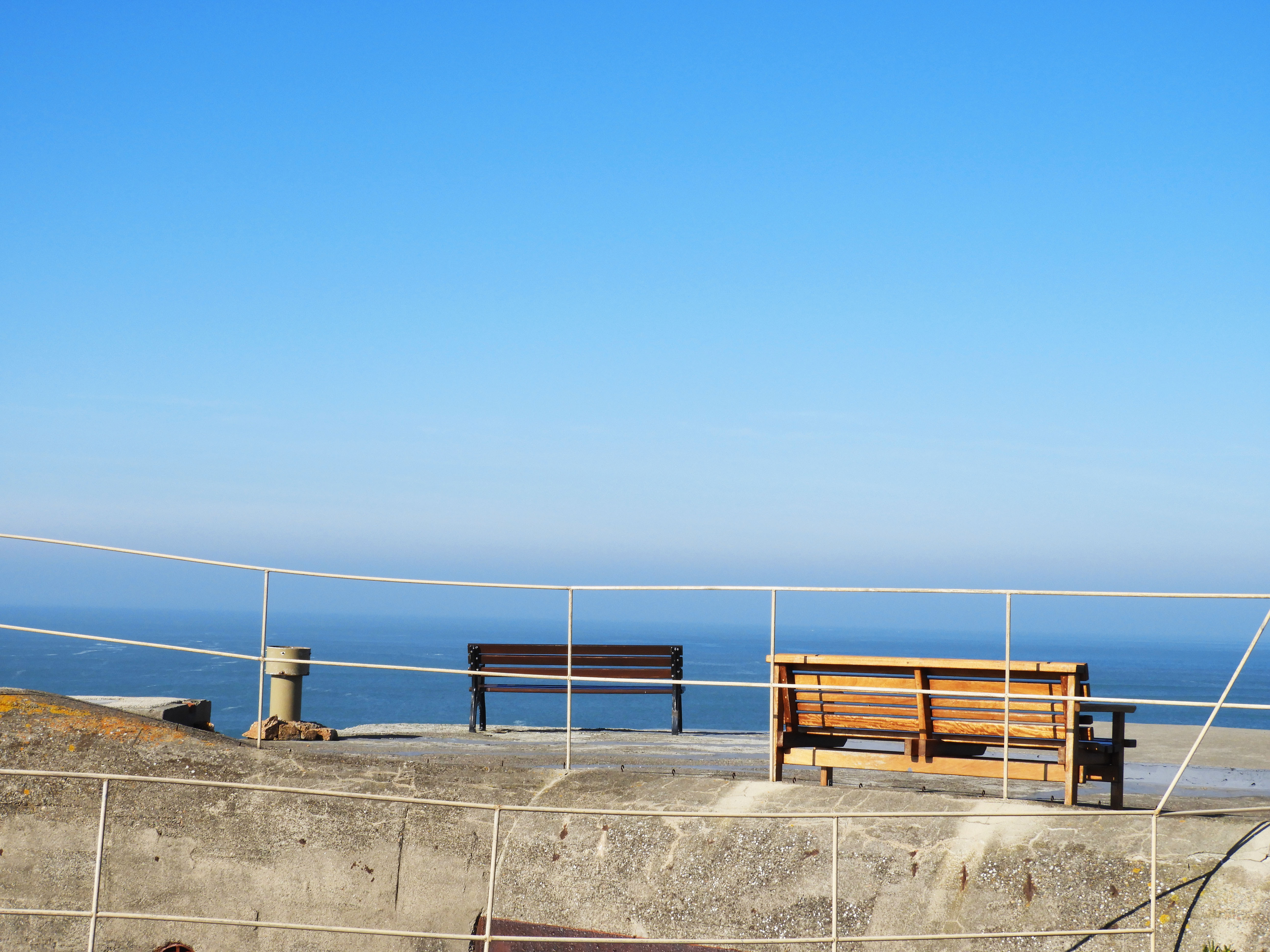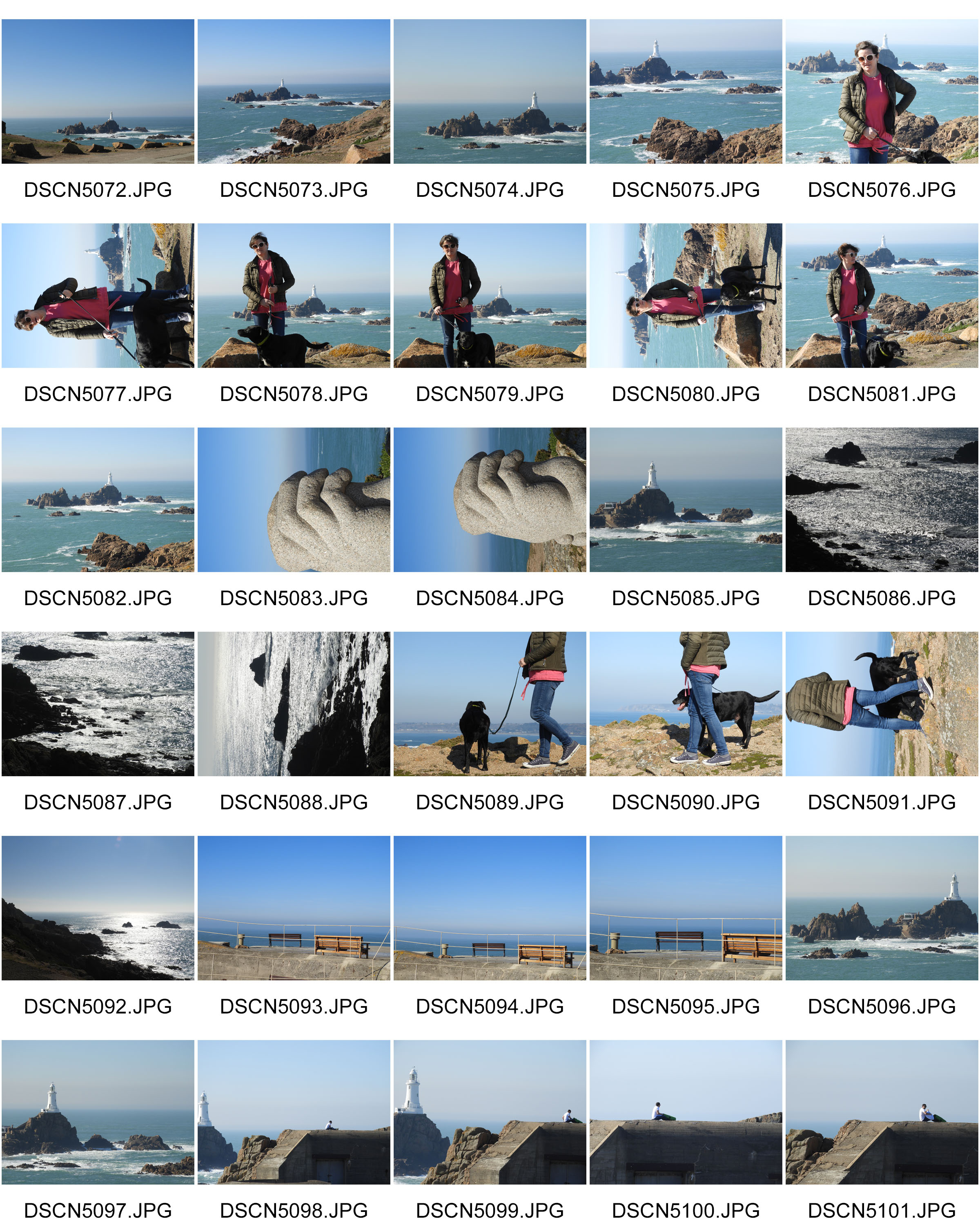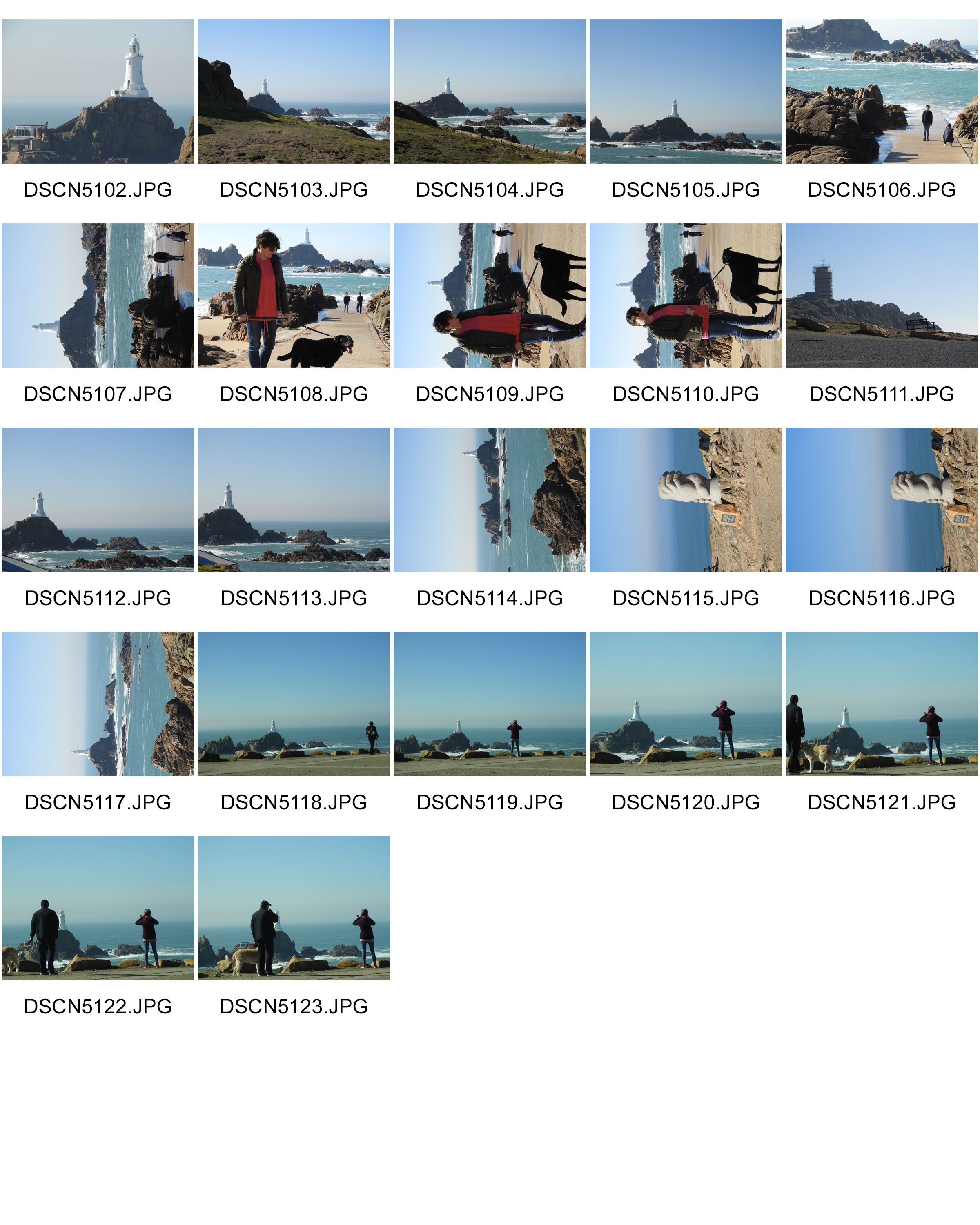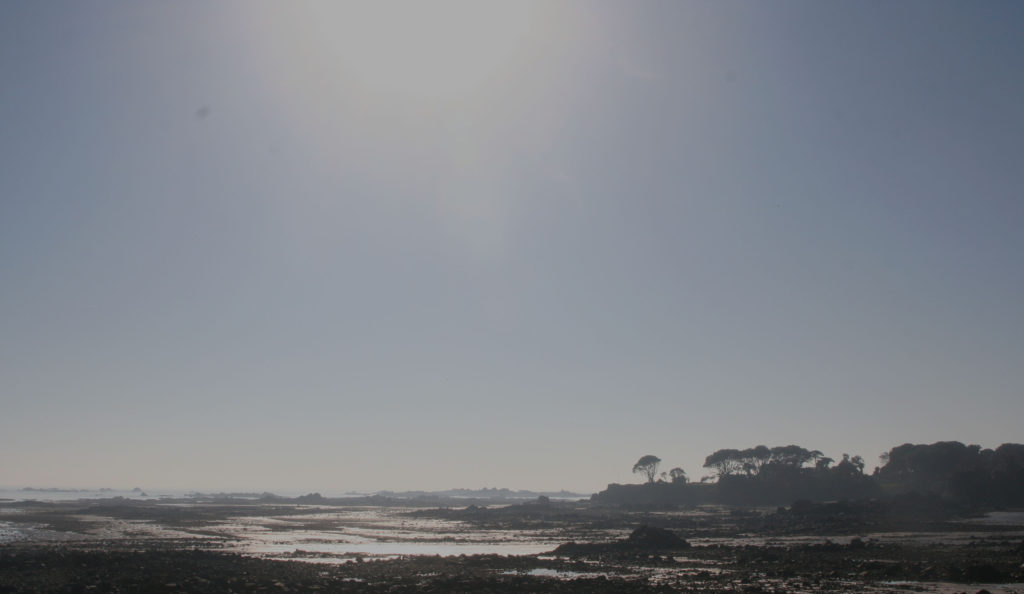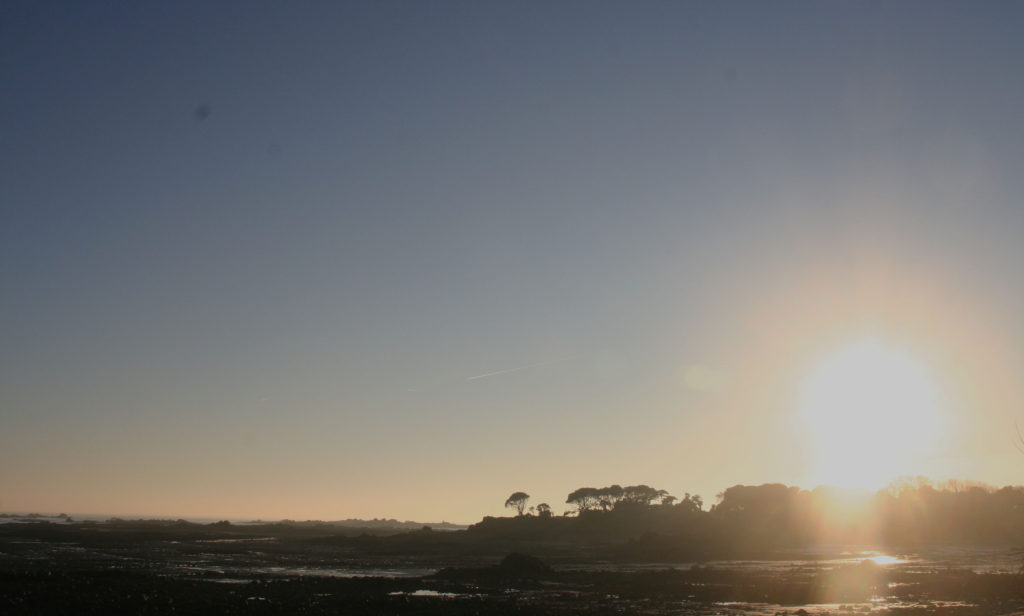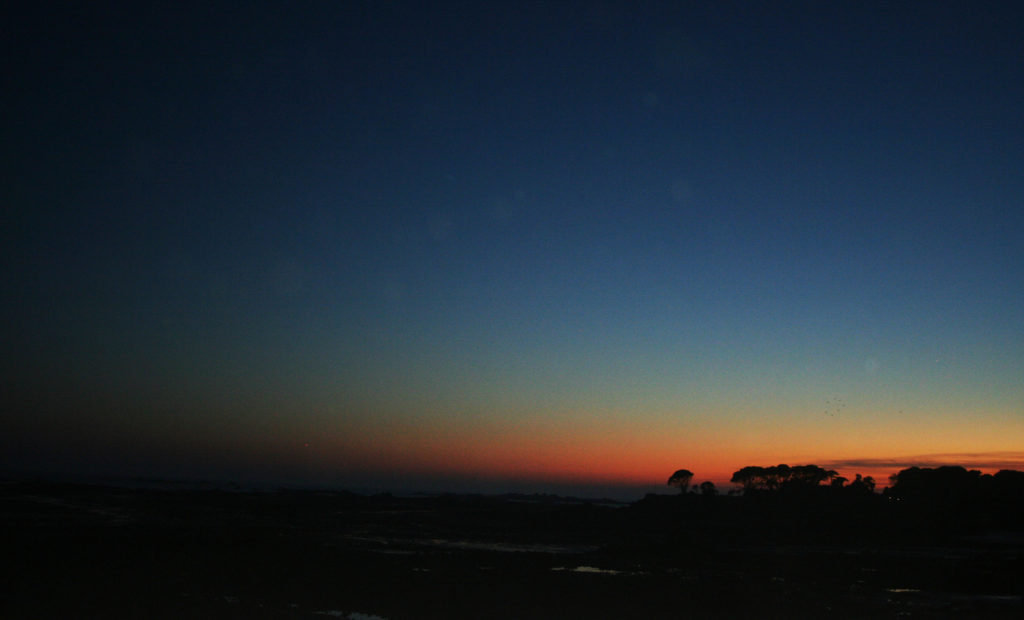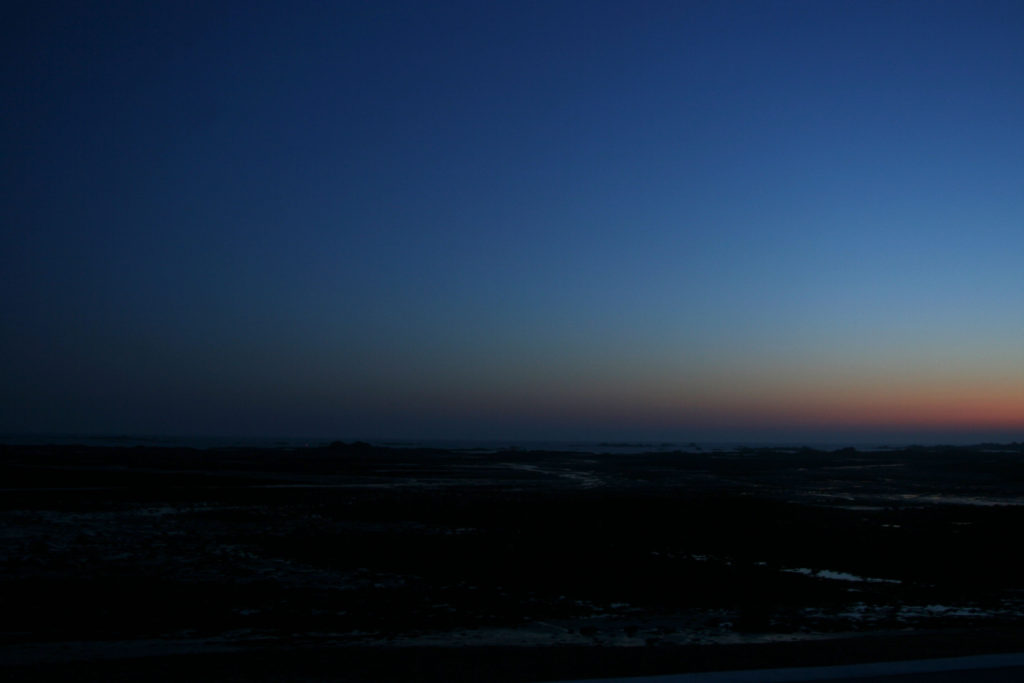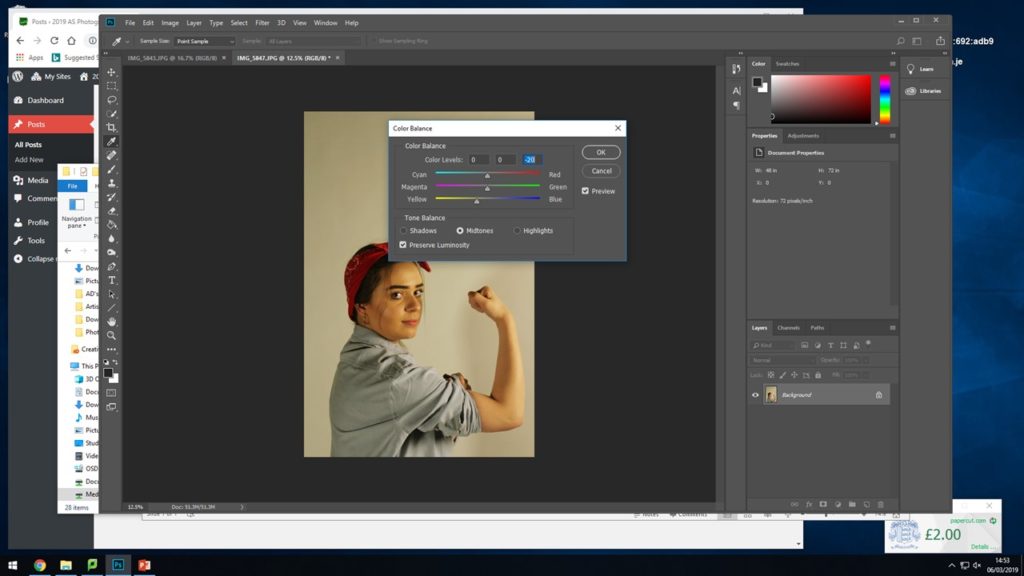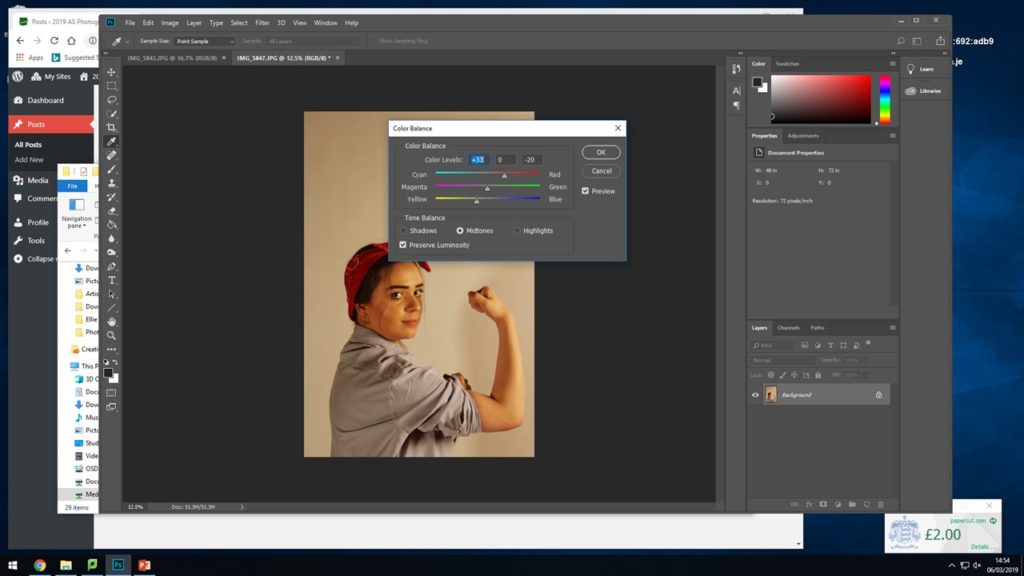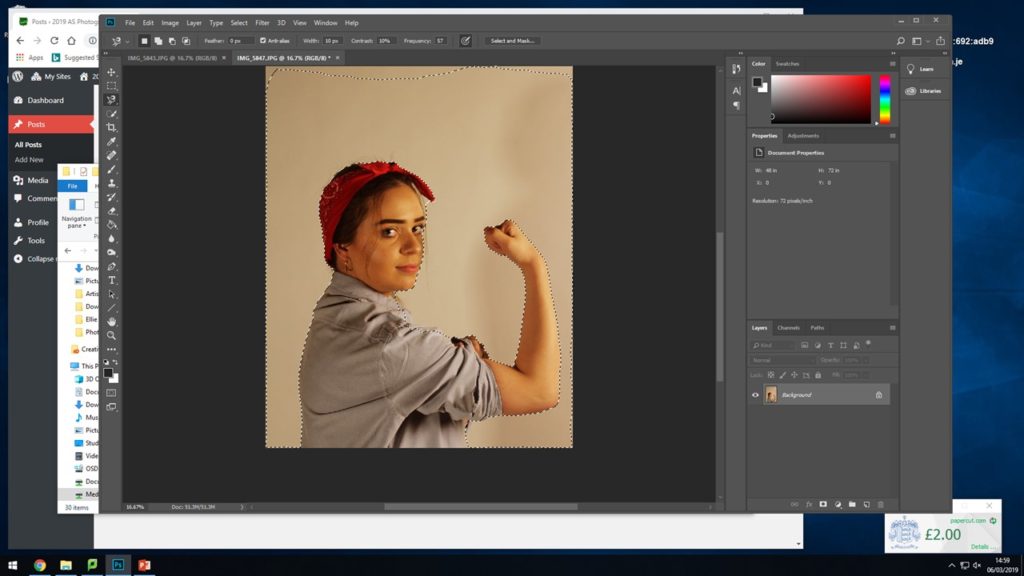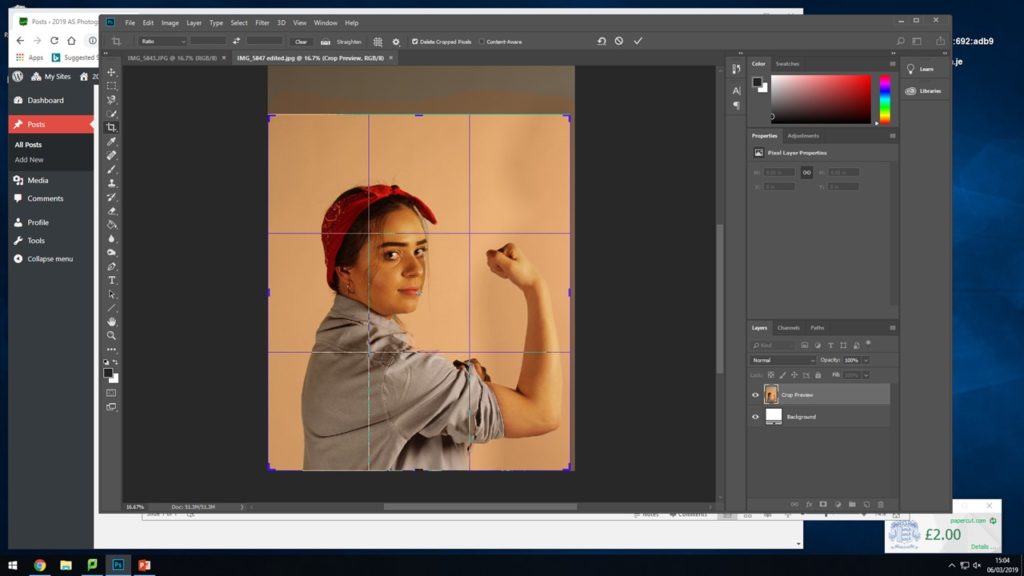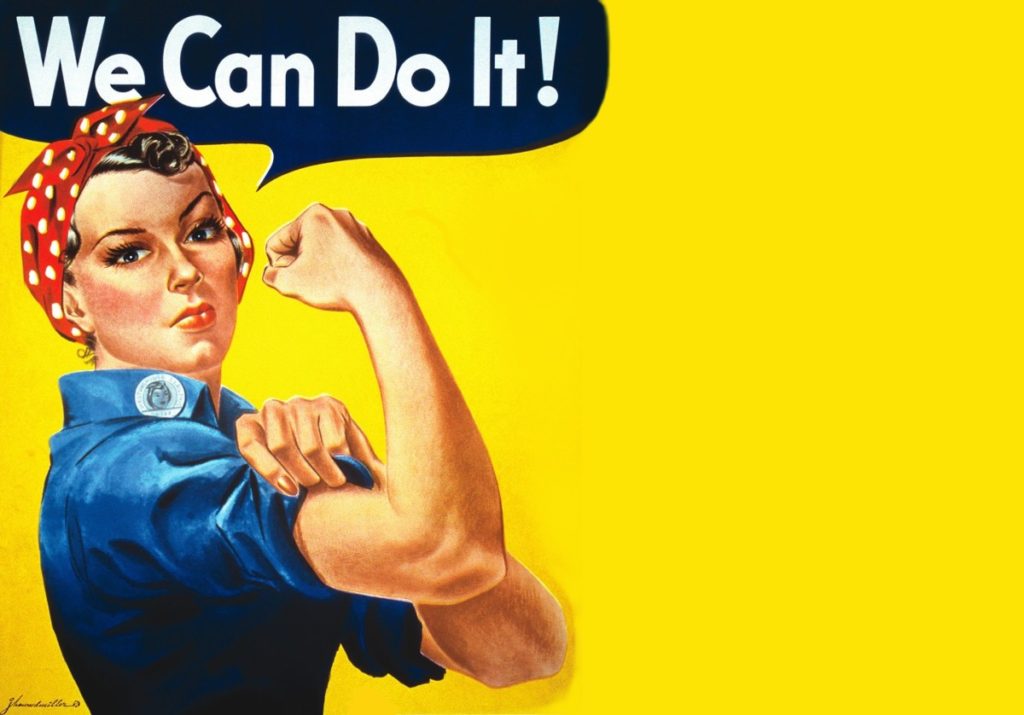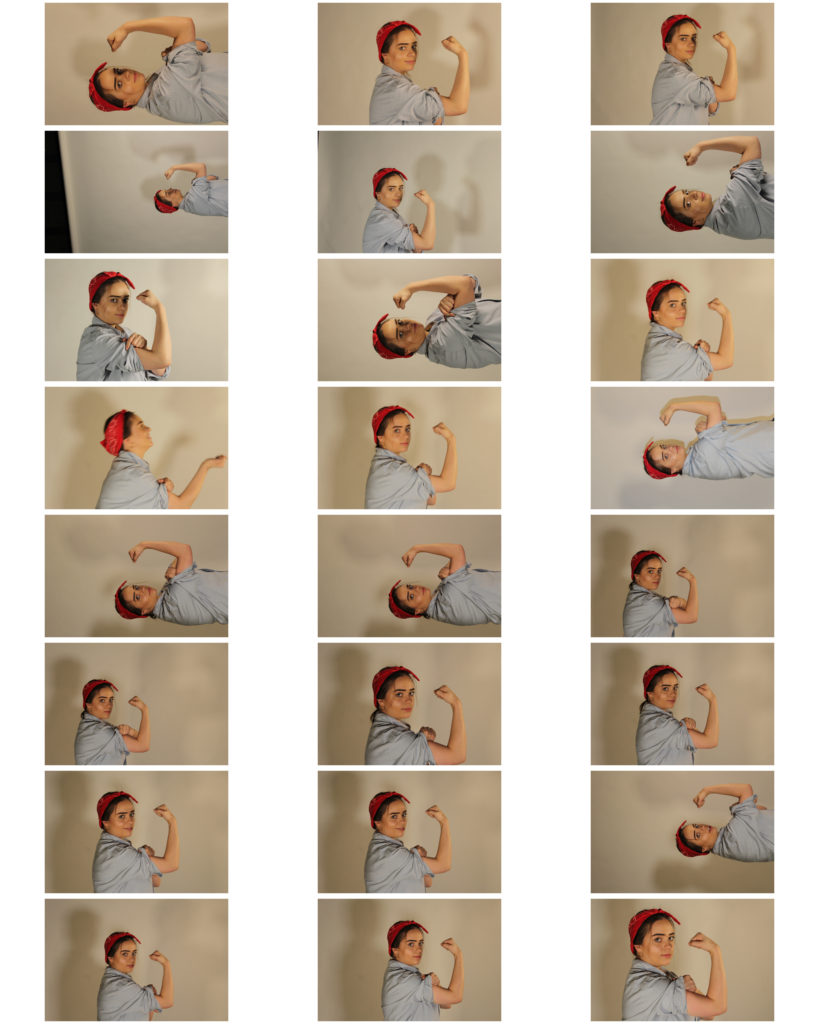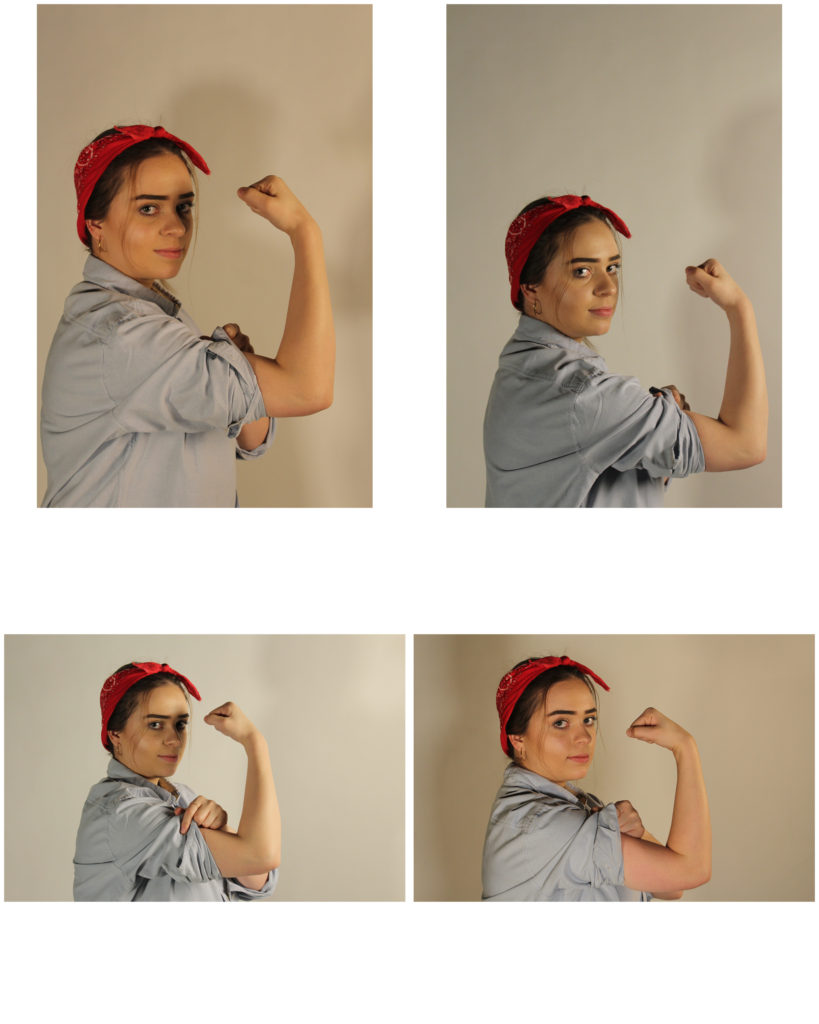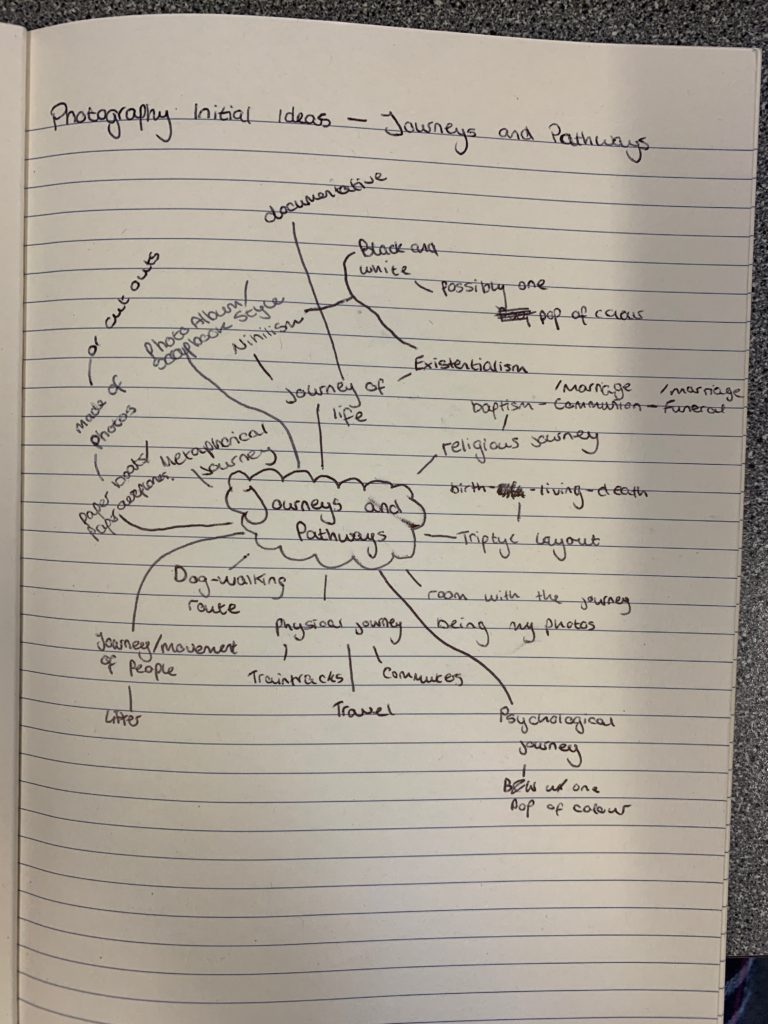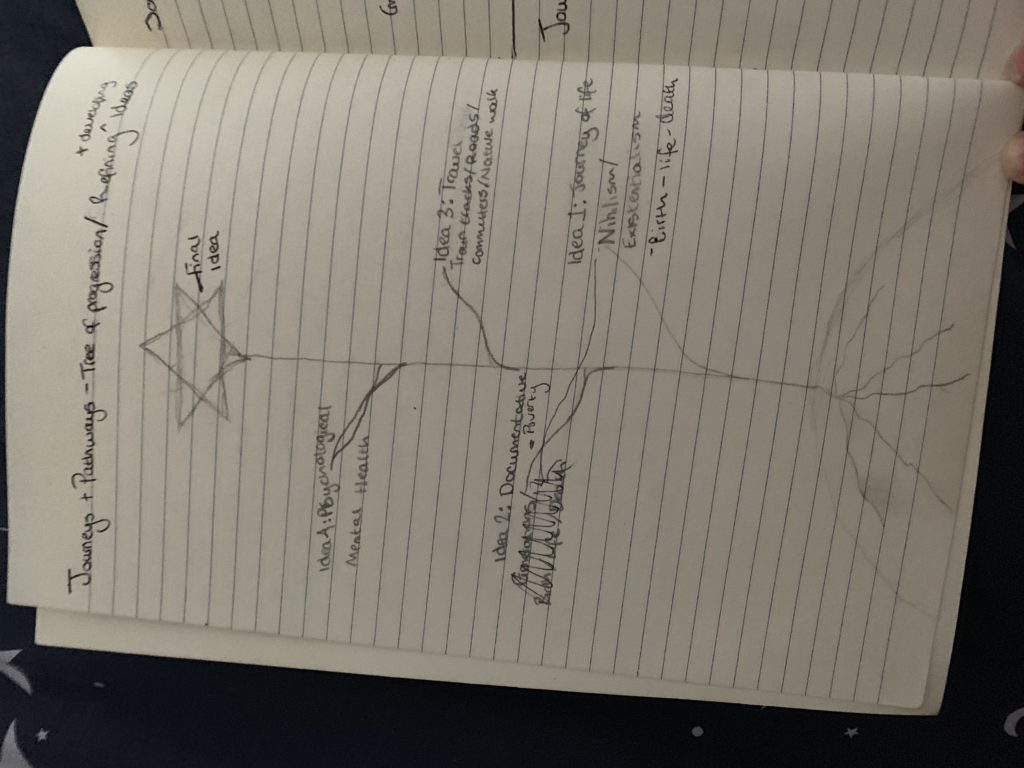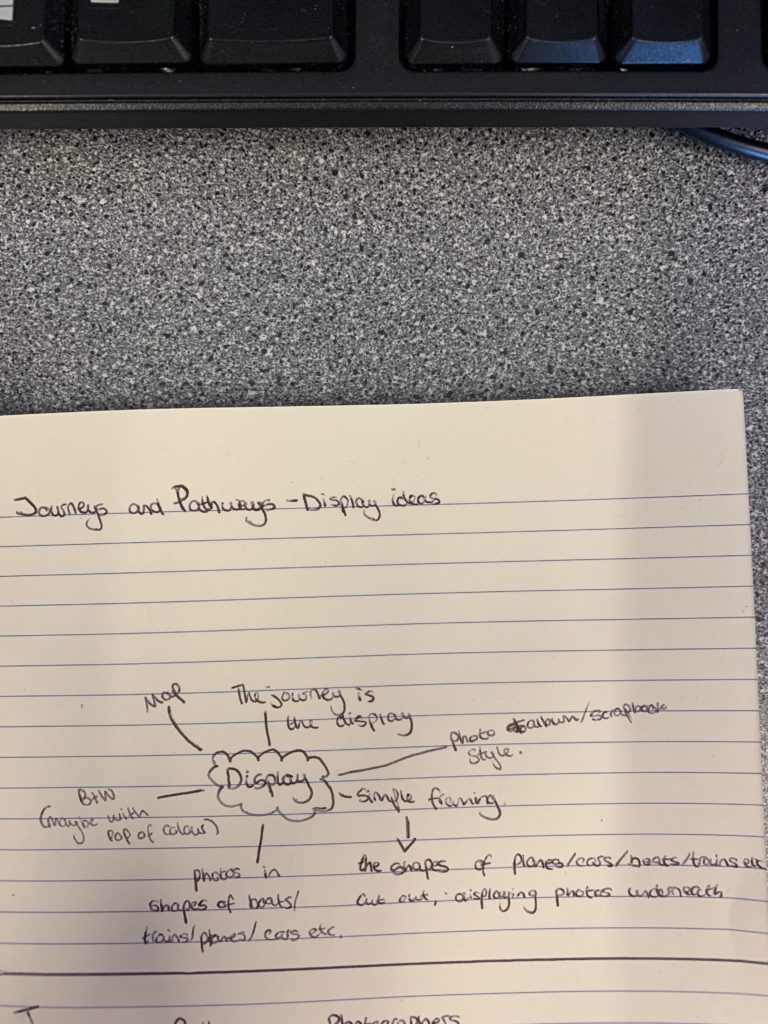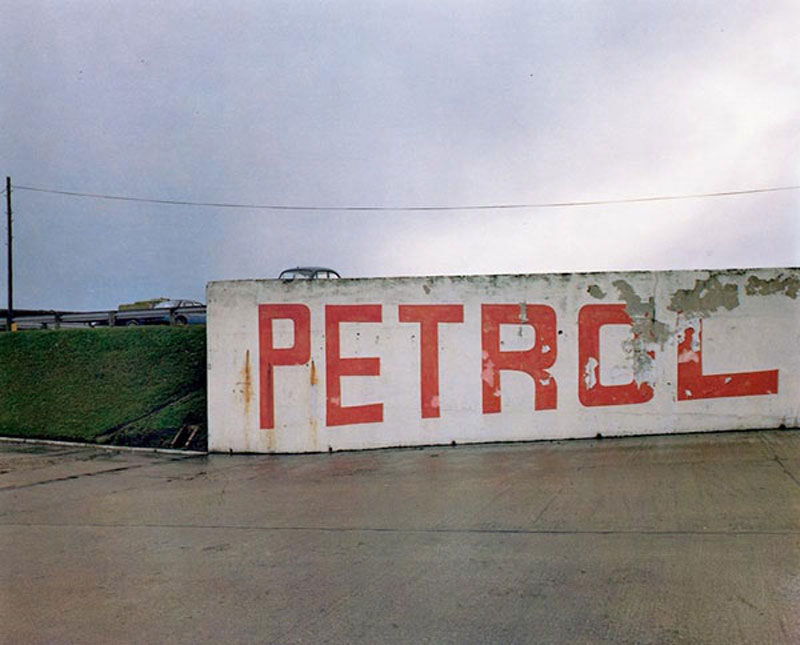HOW:
For this photo shoot, I used my regular DSLR camera in order to capture the images.
WHERE: I conducted this photo shoot in Corbiere as I thought it represented well the natural beauty we have here in Jersey. I also found the different skyline and horizon very interesting.
WHEN: This image was taken during the early morning meaning that the shadows which are cast are at a very steep angle, giving different shadows than if it were to be taken during mid-day.
WHO: I attempted to incorporate both the landscape and people into my work as I was experimenting with different themes and subjects to take forward into my project.
WHAT: Corbiere is very well know for its stunning cliffs and amazing lighthouse which is situated in the middle of the sea.
WHY: One of the themes which I was trying to convey through my work was landscape romanticism therefore I tried to capture the sublime nature of the landscape and how it has been altered through man-made forces.
MOST SUCCESSFUL PIECE:

CRITICAL ANALYSIS:
TECHNICAL:
In terms of actually taking this photograph, no special changes had to be made overall. I used the manual setting on my camera, using ISO 200 as it was a fairly bright day and I did not want the image to be overexposed. The image above was taken using manual zoom on my camera, increasing the focal length to 35mm as this allowed me to capture a detail shot of the landscape. The original image encompassed a lot more of the landscape but I decided to crop it in order to draw more attention to the man sitting atop the bunker, as this better captures the themes which I wanted to portray through my photography.
VISUAL:
The editing techniques which I used in this image means that a sort of minimalist image was created, yet retaining elements of landscape romanticism. An aspect which can be looked at is the minuscule looking person sitting atop the bunker, being overridden by the sublime nature of the landscape which appears massive in comparison to the measly human. One of the most striking things about this image is the symmetry created and the continuation of the line between the sea and the top of the bunker. It sort of mergers the two elements into one and creates harmony between the two. Another contrast in the man made and natural is the color pallets of the two entities, the lighthouse and sea being mostly blue based whilst the bunker and human have orange and warm tones. The majority of the attention in the image goes to the bottom third of the image as this is where the focal point lies. The combination of the 3:1 ratio between the emptiness and focal point mean that it is a fairly minimal image, with simple linear elements and few colors overall. Although touching on the minimalist style, it is style evidently exploring landscape romanticism and human impact by including the bunker and sea in the backdrop. As this image was captured quite far away, there is no real sens of foreground but rather only a mid ground and backdrop. The bunker and man being in the mid ground and the sea and light house being in the back drop.
CONTEXTUAL:
Violent seas have caused many a shipwreck at Corbiere over the years. The name, which is probably derived from corbeau, the French for crow, is commonly found elsewhere in the French-speaking world, notably in Guernsey, the north Brittany coast, central France and Switzerland.
Jersey’s Corbière is first recorded in the 1309 Assize Roll, when the issue arose of a tub being washed ashore there, and it was a regular occurrence for a ship to founder on the rocks when rounding the corner of the Jersey coastline in stormy weather and its cargo to be washed up on the sands of St Ouen’s Bay.
It was not until 1873 that the lighthouse was constructed which now allows ships to plot a safe route. It is 11 metres tall and was the first lighthouse in the British Isles to be constructed of concrete.
The light can be seen from a distance of over 25 kilometres, but this has not stopped smaller vessels from taking a short cut through the rocks off the coastline en route from Jersey to Guernsey and coming to grief after striking a hidden rock.
CONCEPTUAL:
Two of the major styles my work tackles in this photo shoot is landscape romanticism and minimalism, each being very distinct from each other yet creating striking impact within visual media.
Minimalism is a style employed by many 20th Century artists, using a minimum amount of components such as colour, shape, line and texture. Within the art world it is considered an extremely subjective concept, leaving interpretation and meaning up to the viewers perception of the work.
Some appreciate the openness of this idea, embracing the freedom of interpretation, where others despise the lack of direction or subject matter. For photographers, this is less of an issue, as more often than not, a photo remains a real-life moment captured on film. Despite this, we can employ some of the techniques of minimalism to enhance the impact of our work.
Romanticism was (and is) an international movement that swept Western Europe and Russia at the end of the 18th and beginning of the 19th centuries. It expanded to North America beginning around 1830. As a movement, Romanticism drew its inspiration and energy from various sources:
- the “rage for roots” triggered by linguistic discoveries
- a growing sense that the creative possibilities inherent to the rigid formalism of Enlightenment philosophy and art had been exhausted
- growing fatigue with “rule by the few”
- the resounding successes of the French and American revolutions and such later popular wars for independence as those in Greece, Poland, and Spain.
OTHER SUCCESSFUL IMAGES:
